The Hunt Begins in the Mind

Deep within your cat’s brain lies an ancient programming that hasn’t changed much since their wild ancestors prowled the African savannas. When Whiskers suddenly freezes at the sight of a feather wand, she’s not just being playful—she’s responding to millions of years of evolutionary wiring that screams “prey!”
This primal response explains why some toys send cats into ecstatic hunting frenzies while others get completely ignored. The brain chemistry involved is fascinating: successful “hunting” releases dopamine, the same feel-good chemical that makes humans addicted to social media likes. But when a toy fails to trigger this response, or worse, creates confusion, stress hormones like cortisol flood their system instead.
Movement Patterns That Mesmerize
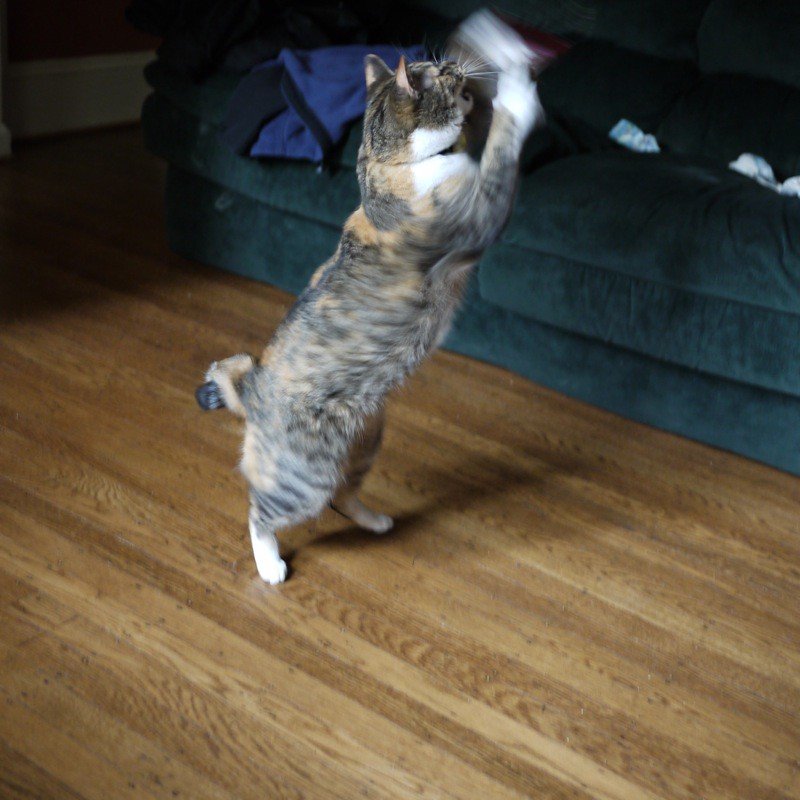
Watch a cat’s pupils dilate as a toy mouse scurries across the floor in short, erratic bursts. This isn’t coincidence—it’s pure predatory instinct in action. Cats are hardwired to respond to specific movement patterns that mimic real prey: quick stops and starts, sudden direction changes, and that telltale flutter of wounded prey trying to escape.
Linear, predictable movements bore cats quickly because they don’t match natural prey behavior. A toy that moves in a straight line at constant speed might as well be a piece of furniture. But introduce some randomness, some vulnerability, and suddenly you’ve got their complete attention.
Size Matters More Than You Think
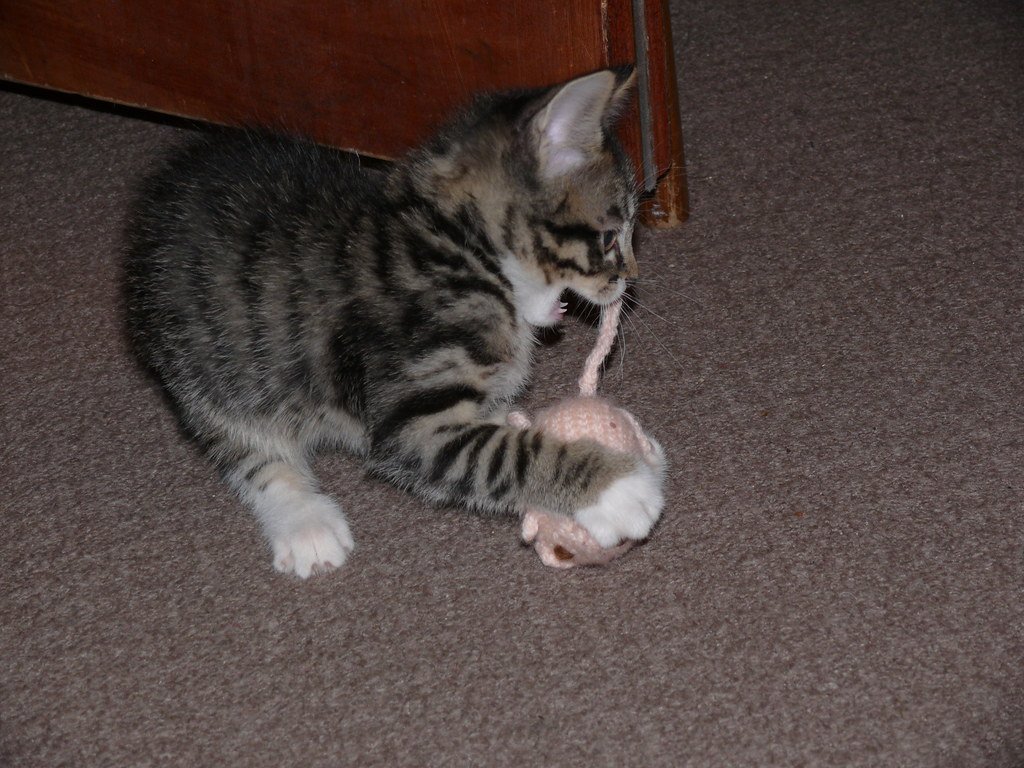
There’s a sweet spot in toy sizing that taps directly into feline psychology. Too big, and the toy becomes intimidating rather than exciting—imagine trying to hunt something twice your size. Too small, and it doesn’t register as worthy prey, failing to trigger that crucial predator response.
The perfect toy size mimics a mouse, small bird, or large insect—creatures that represent achievable victories in the wild. This size triggers confidence rather than anxiety, allowing cats to engage their hunting instincts without feeling overwhelmed or underwhelmed.
The Power of Unpredictability
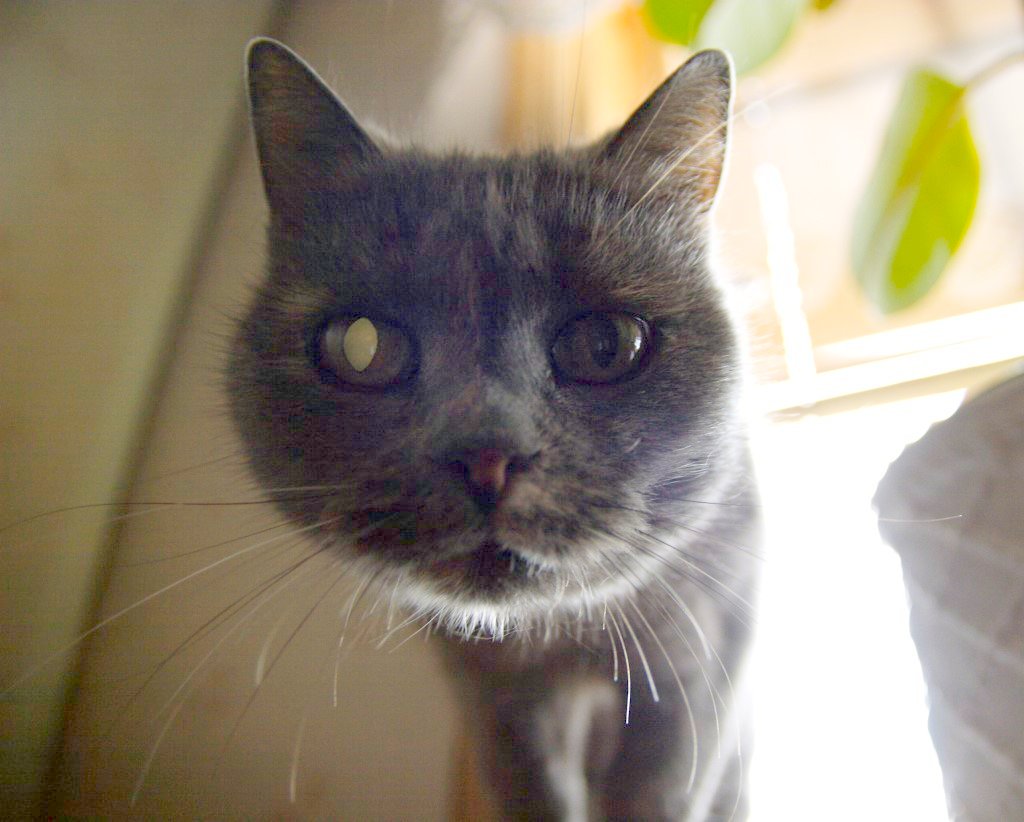
Cats thrive on the element of surprise, but only the right kind. A toy that appears randomly from behind furniture creates thrilling anticipation. However, sudden loud noises or aggressive movements can quickly shift excitement into fear, flooding their system with stress hormones instead of pleasure chemicals.
Smart toy design incorporates controlled unpredictability—movements that surprise without overwhelming. Think of it like a good horror movie: enough suspense to keep you engaged, but not so much that you leave the theater.
Texture Triggers Ancient Memories
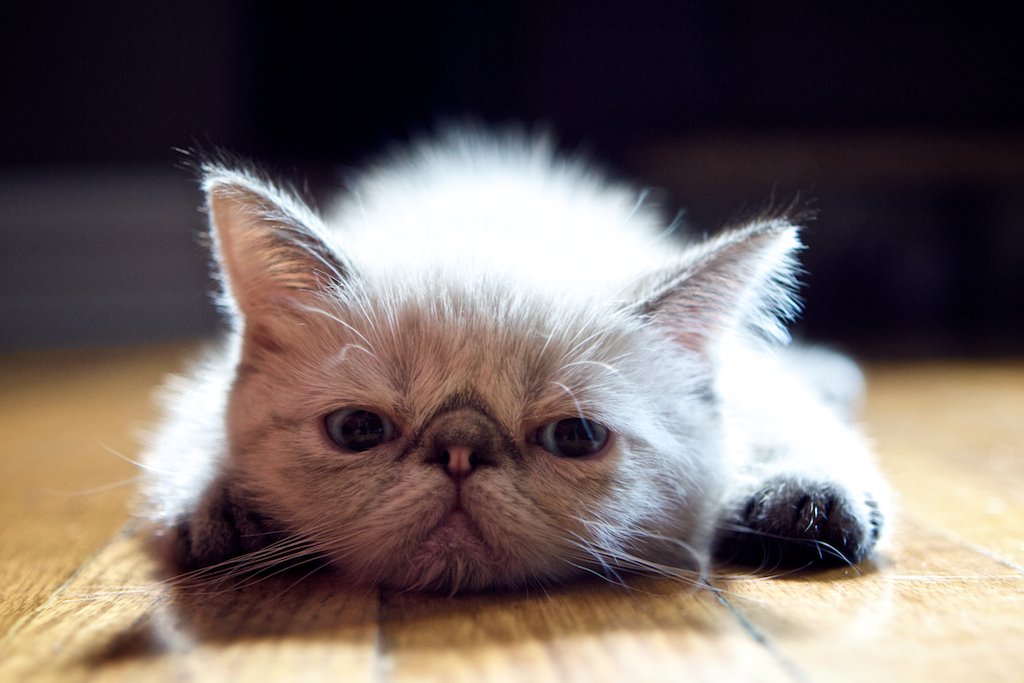
Run your fingers through different fabrics and notice how each one feels unique. Now imagine having that sensitivity multiplied tenfold—that’s what texture means to a cat. Fur-like textures trigger predatory responses because they feel like real prey, while smooth plastic often fails to engage their tactile hunting instincts.
The wrong texture can actually create stress. Overly rough materials might be unpleasant to grab, while textures that don’t provide proper grip can frustrate cats during play, leading to abandoned toys and confused pets.
Sound Psychology in Feline Play
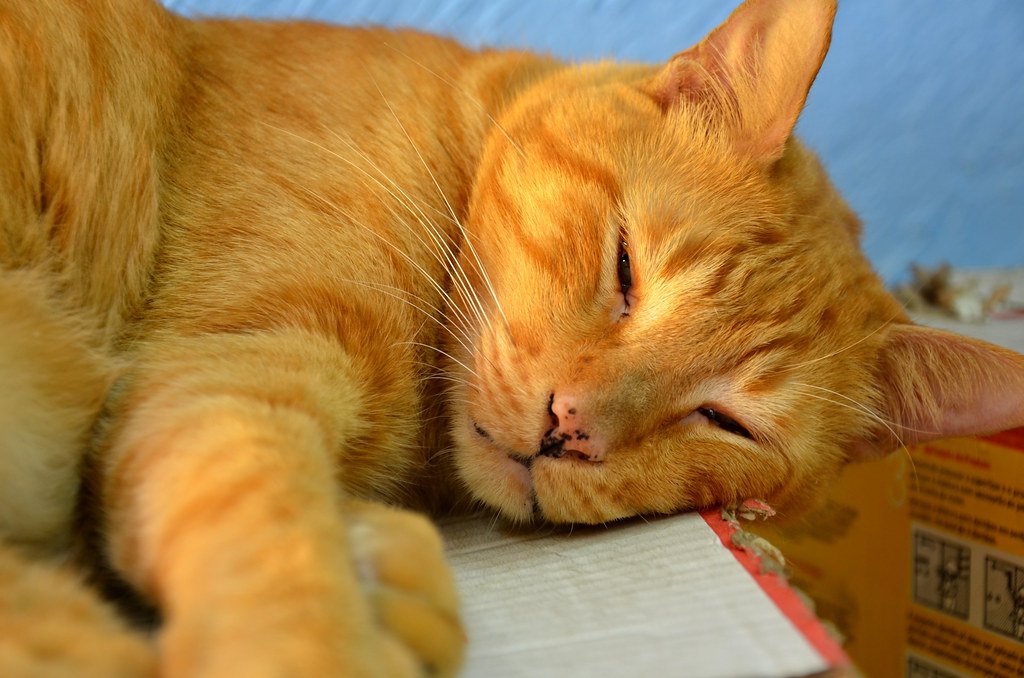
The gentle rustle of leaves, the soft squeak of a small mammal, the flutter of bird wings—these sounds are music to a cat’s ears. They’ve evolved to recognize these audio cues as opportunities for successful hunts, triggering immediate interest and engagement.
But here’s where many toy manufacturers get it wrong: they assume louder equals better. High-pitched electronic sounds or mechanical buzzing can actually stress cats out, creating negative associations with playtime rather than positive ones.
Color Vision and Prey Recognition

Contrary to popular belief, cats aren’t colorblind, but they see the world differently than we do. They’re particularly sensitive to blues and greens, while reds appear more muted. This affects which toys catch their attention and which ones blend into the background.
Toys in blues and greens stand out more clearly in their visual field, making them easier to track during active play. Earth tones might seem more “natural” to us, but they’re actually harder for cats to distinguish, potentially reducing engagement.
The Frustration Factor

Play should challenge cats without overwhelming them. Toys that are too difficult to catch create chronic frustration, leading to stress and eventually play avoidance. It’s like giving someone a puzzle that’s impossible to solve—initially intriguing, ultimately maddening.
The key is providing achievable victories. Every play session should include moments where the cat successfully “catches” their prey, triggering those satisfying reward chemicals in their brain.
Interactive vs. Solo Play Psychology

Cats experience different psychological states during interactive play versus solo entertainment. When playing with humans, they’re engaging in social bonding while hunting, creating complex emotional rewards. This type of play strengthens relationships while satisfying predatory instincts.
Solo play toys need to work harder to maintain interest since there’s no social component to keep cats engaged. They must rely entirely on triggering those primal hunting responses through movement, texture, and sound.
The Scent Connection

A cat’s world is largely defined by scent, yet this crucial element is often overlooked in toy selection. Toys that carry interesting scents—catnip, silvervine, or even just the smell of their human—create additional layers of engagement beyond visual and tactile stimulation.
However, overwhelming scents can backfire, creating sensory overload rather than attraction. The goal is subtle enhancement, not olfactory assault.
Territory and Safe Play Spaces
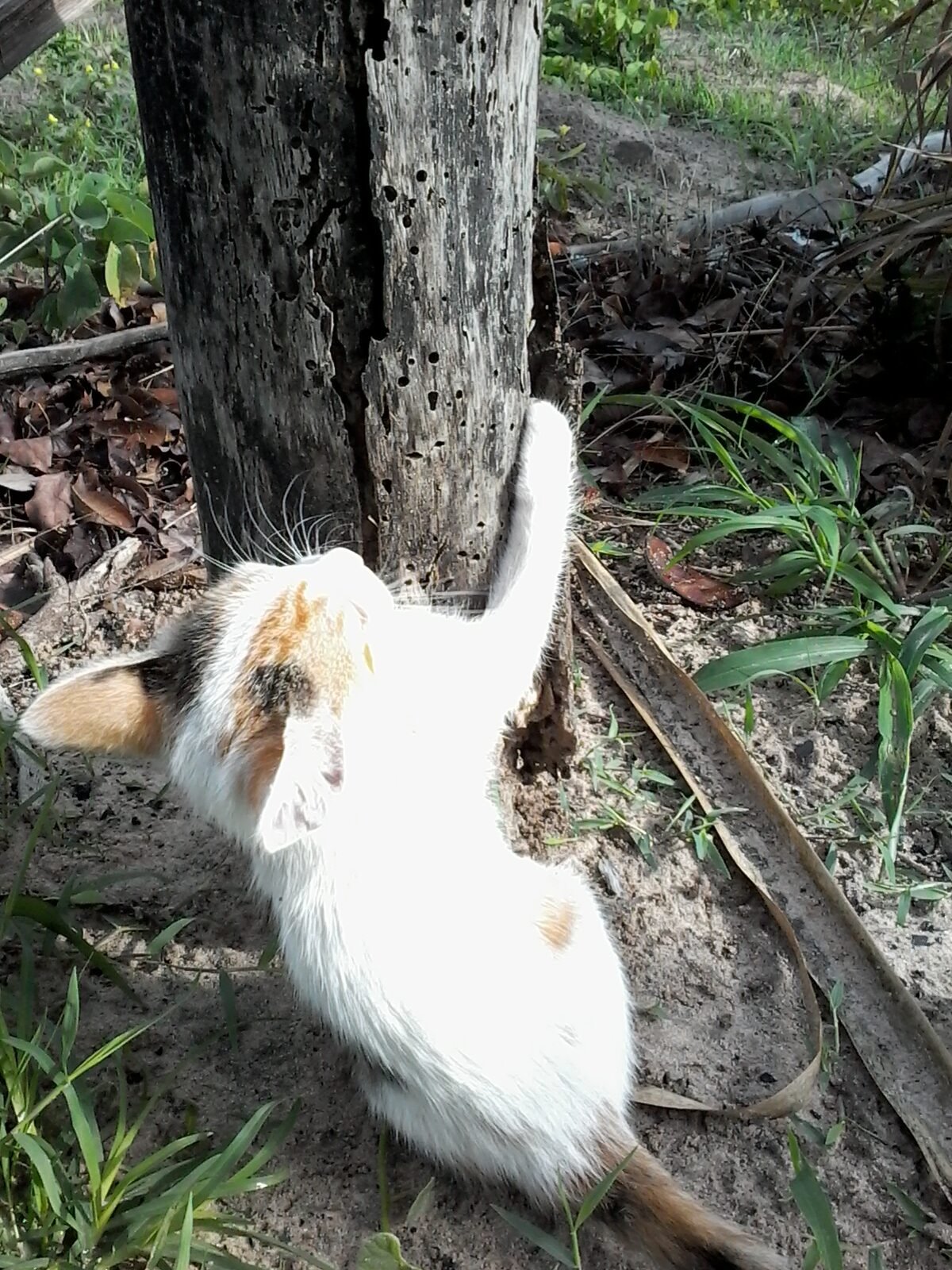
Where cats play is just as important as what they play with. Cats need to feel secure in their environment before they can fully engage their hunting instincts. Open spaces where they feel exposed can inhibit play, while areas with hiding spots and escape routes encourage confident engagement.
Creating the right environment transforms even mediocre toys into engaging entertainment, while the best toys can fail in spaces where cats feel vulnerable or stressed.
Age-Related Play Preferences
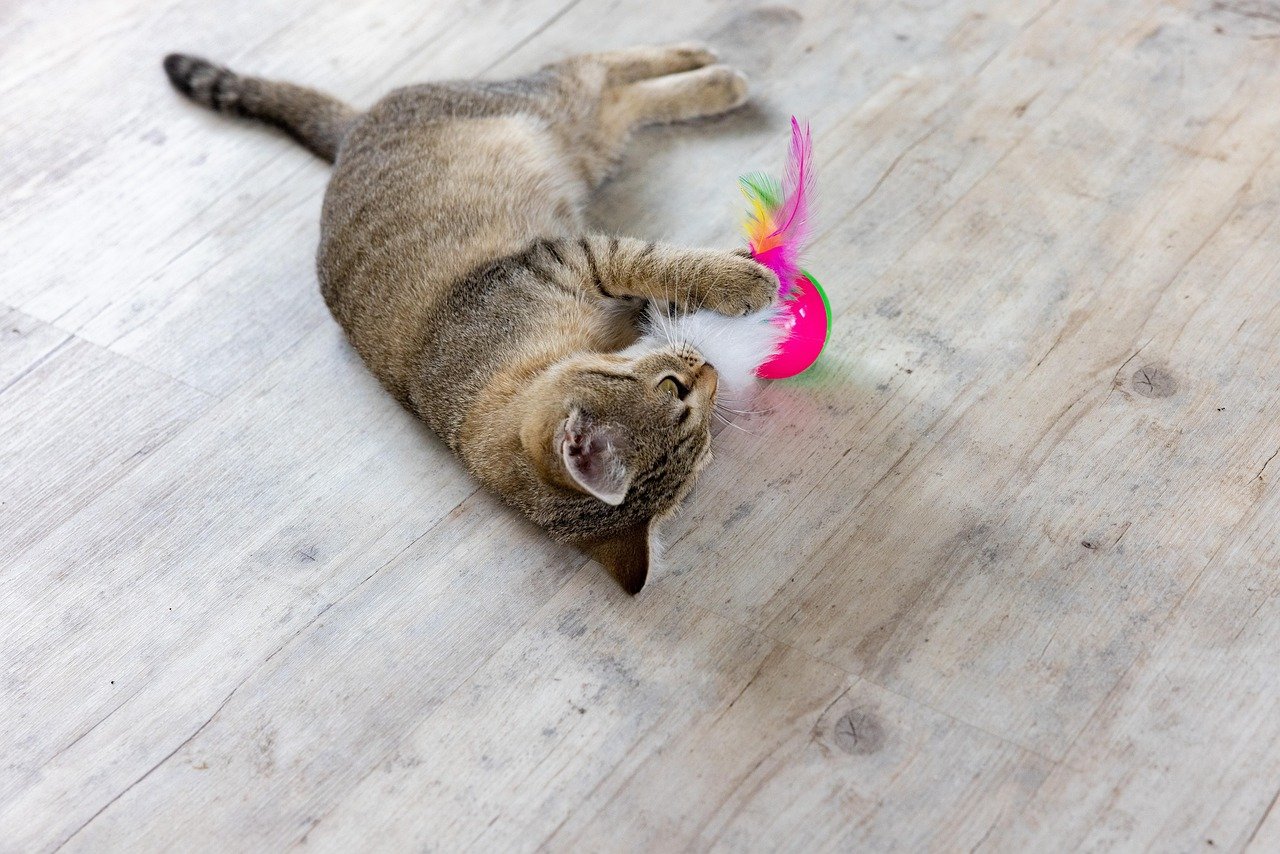
Kittens approach play with fearless enthusiasm, often preferring fast-moving, challenging toys that would overwhelm senior cats. Adult cats develop more refined preferences, often favoring toys that match their individual hunting style and energy levels.
Senior cats might find gentler movements more appealing, while still craving the mental stimulation of successful hunts. Understanding these age-related differences helps explain why the same toy might delight one cat while stressing another.
The Overstimulation Warning Signs
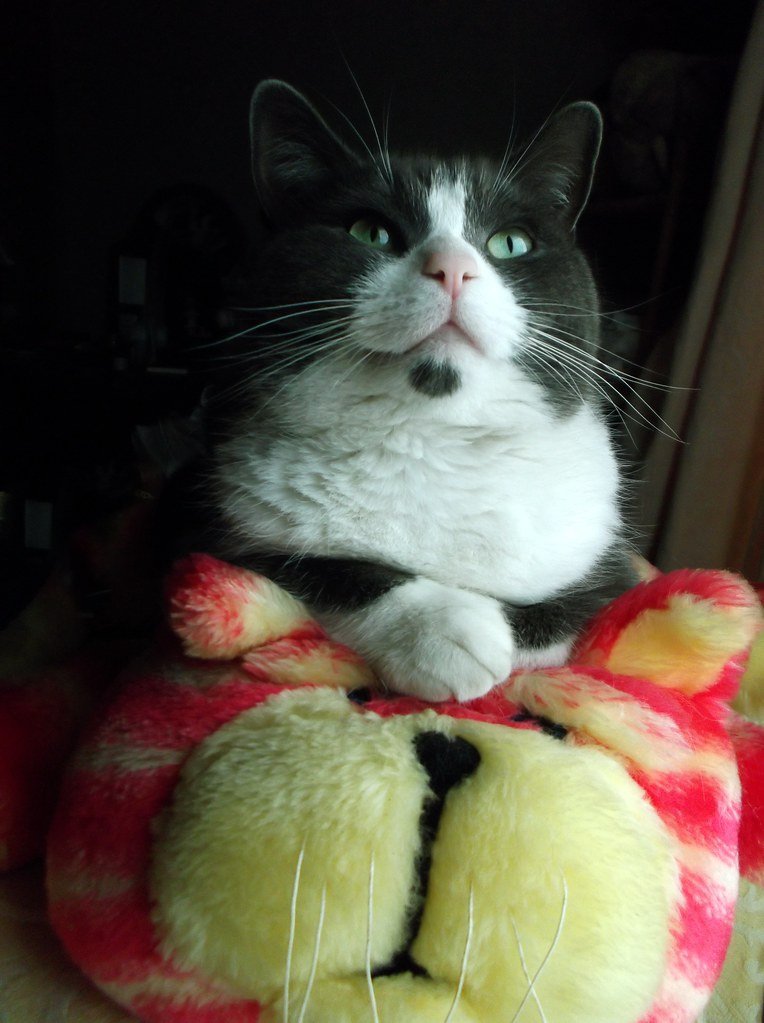
Even the most perfectly designed toy can become problematic if play sessions run too long or become too intense. Cats can shift from playful to stressed quickly, and recognizing these signs prevents negative associations with playtime.
Excessive panting, aggressive behavior toward the toy, or sudden complete disengagement often signal that a cat has moved beyond healthy play into stress territory.
Individual Personality Factors
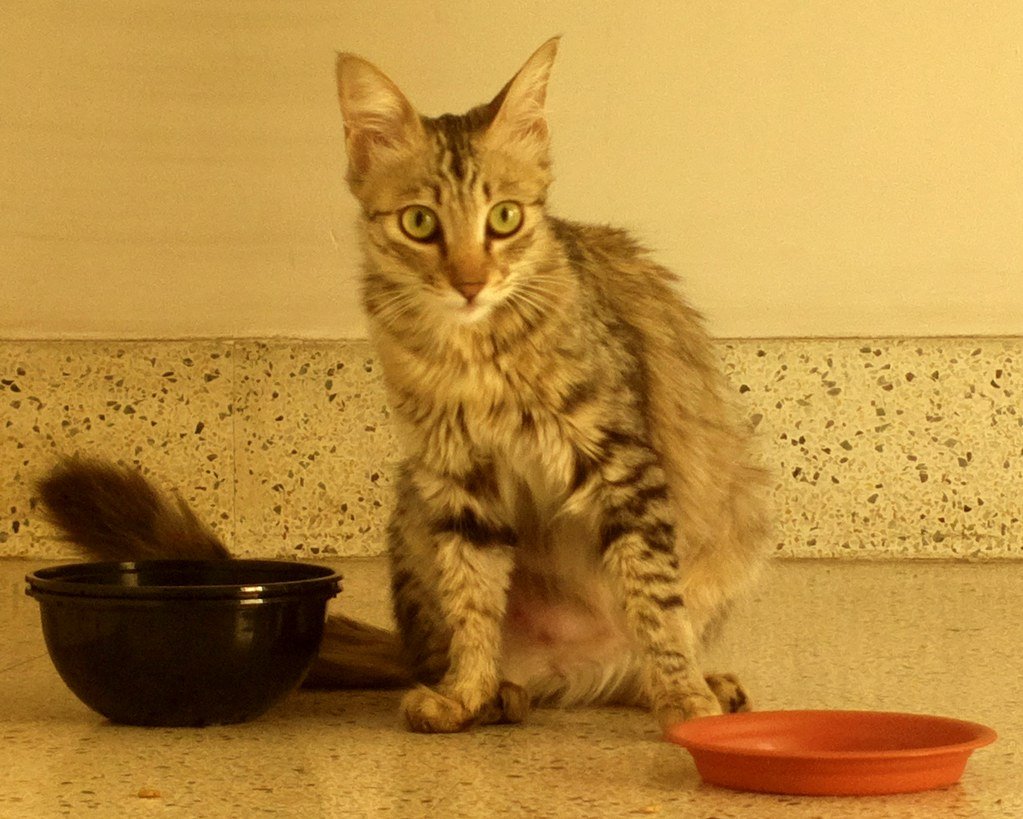
Just like humans have different preferences for entertainment, cats have distinct personalities that affect their toy preferences. Some cats are bold hunters who prefer challenging, fast-moving targets, while others are more cautious and prefer predictable, gentle play experiences.
Shy cats might be overwhelmed by toys that confident cats find thrilling. Understanding your individual cat’s personality is crucial for selecting toys that bring joy rather than stress.
The Psychology of Rotation
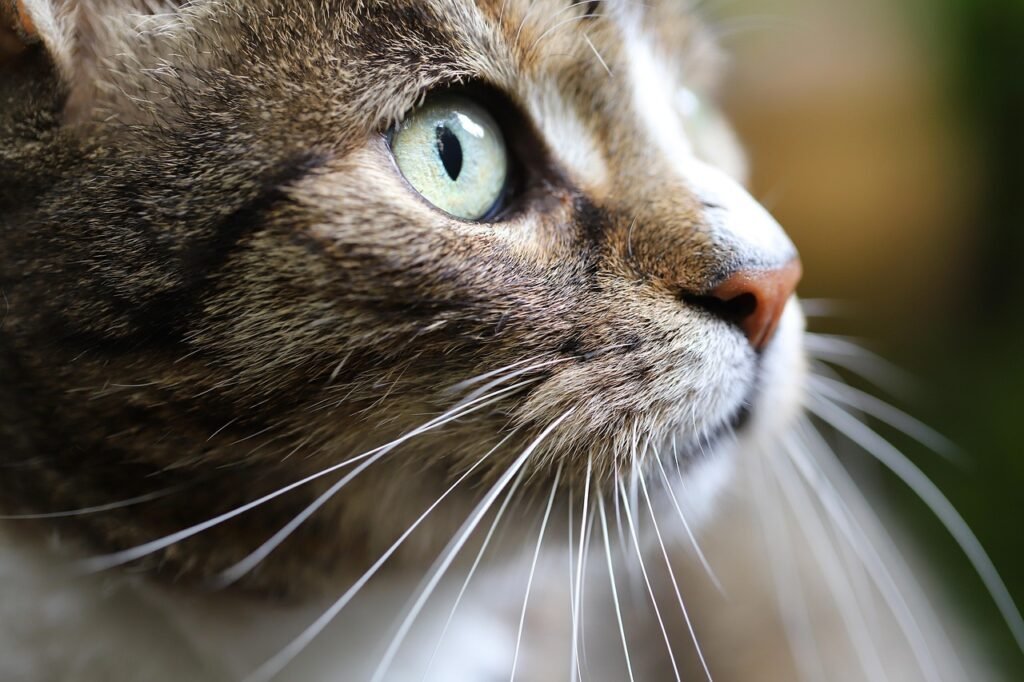
Even the most beloved toy can become boring through overexposure. Cats’ brains are wired to notice new and novel stimuli, making toy rotation a powerful tool for maintaining engagement. Fresh toys trigger renewed interest and curiosity.
However, completely removing favorite toys can create anxiety in some cats. The key is strategic rotation that maintains novelty while preserving security.
Conclusion: Understanding Your Cat’s Inner Hunter
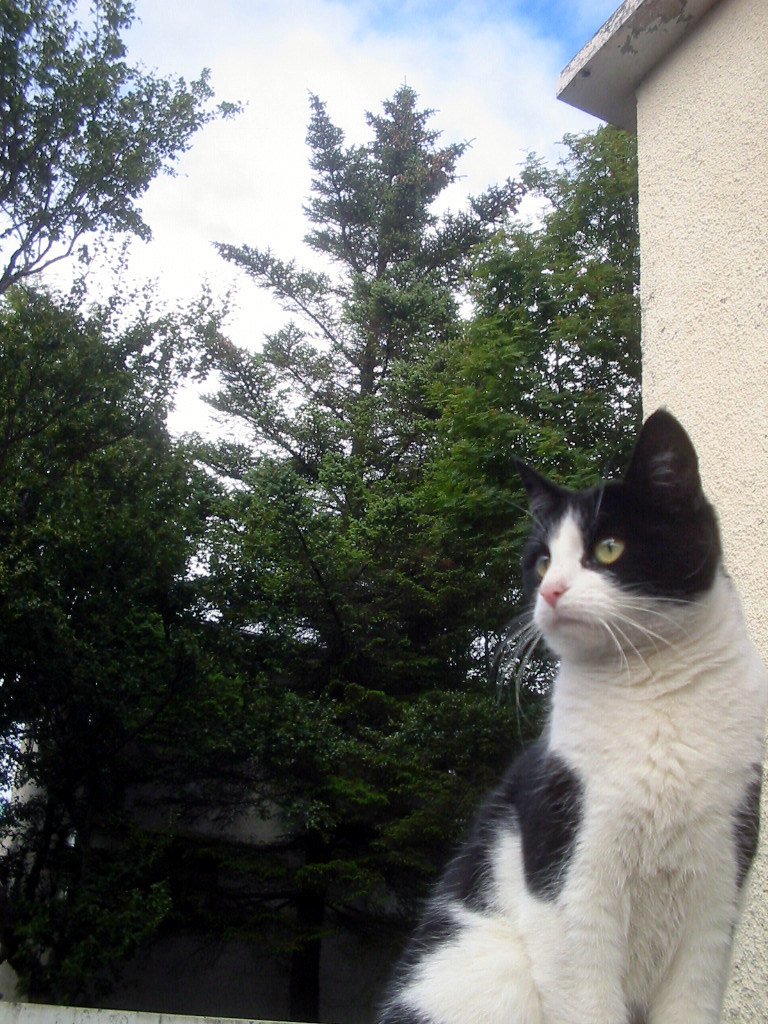
The difference between a toy that triggers joy and one that causes stress often comes down to how well it connects with your cat’s deep-seated hunting instincts. Size, movement, texture, sound, and scent all play crucial roles in this complex psychological equation.
By understanding these factors, you can choose toys that don’t just entertain your cat but actually fulfill their psychological needs for successful hunting experiences. The goal isn’t just play—it’s helping your indoor cat feel like the capable predator they’re designed to be.
Next time you watch your cat with a new toy, you’ll see beyond the surface behavior to the complex psychology at work. What stories do your cat’s toy preferences tell about their inner world?
Hi, I’m Bola, a passionate writer and creative strategist with a knack for crafting compelling content that educates, inspires, and connects. Over the years, I’ve honed my skills across various writing fields, including content creation, copywriting, online course development, and video scriptwriting.
When I’m not at my desk, you’ll find me exploring new ideas, reading books, or brainstorming creative ways to solve challenges. I believe that words have the power to transform, and I’m here to help you leverage that power for success.
Thanks for stopping by, Keep coming to this website to checkout new articles form me. You’d always love it!






